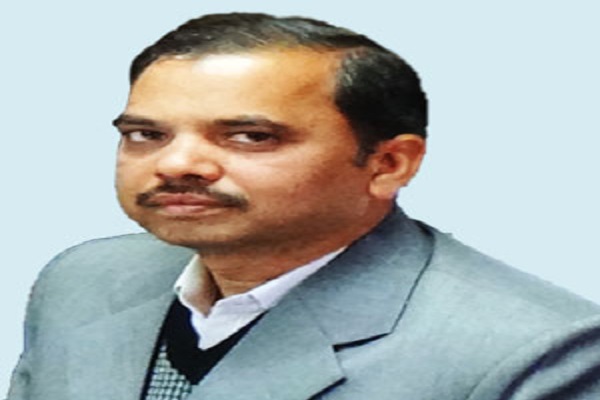
The Department of Commercial Taxes has adopted the best IT practices and implemented those effectively for seamless interaction with dealers, Mritunjay Kumar Narayan, Commissioner, Commercial Taxes Department, tells Elets News Network (ENN)
What steps is the Department of Commercial Taxes taking to provide efficient services to the citizens of Uttar Pradesh?
The Commercial Taxes Department is an important department, as we contribute 60% of the total revenue of the state. We are responsible for collecting taxes from manufacturers, dealers as well as from different businesses. And, in the last one-and-a-half years, we have taken many initiatives for making functioning of the department more efficient and reliable. We want to ensure seamless interaction with our dealers and do not want them to have any trouble while interacting with our offices. With that objective in mind, we have undertaken many IT initiatives in the recent times.
What specific IT initiatives have been undertaken by your department?
We have initiated eGovernance programme in the department, in line with the guidelines formulated under the National eGovernance Plan spearheaded by the Department of Revenue (DoR), Ministry of Finance, Government of India. This includes Conceptualisation, Architecting and Defining the Mission Mode Programme (MMP). It is crucial to understand the services to be provided to the citizens, design the architectures (function, process, people, technology and resources) and then design a comprehensive and integrated Commercial Taxes MMP. We have developed a comprehensive and integrated model for Commercial Taxes administration in the Department by making suitable customisations specific to the state laws.

Also Read: Good Governance Top on Agenda
For example, we have introduced e-Registration. Registration of the dealers is of immense importance for the Commercial Taxes Department, because widening of tax net is pivot of the VA T structure. The Department has taken a very significant step by introducing ‘Door-step Registration’ initiative, and Common Online Application form for Value Added Tax and Central Sales Tax. No separate registration is required anymore for Entry Tax. All one has to do is to give information to the department. The system allows businesses to apply for registration 24X7 on Anytime- Anywhere basis and upload the requisite in formations and documents. After the submission of completed online application form, Tax Payer’s Identification Number (TIN) is generated in one working day, and the Registration Certificate is delivered at the registered business premises of the dealer.

This Online system also provides offline PAN verification facility from the NSDL database. The aforesaid facility has not only reduced the physical interaction of the dealer with the Department and provides him hassle-free opportunity to get himself registered, but also reduced the cost of services to the Department. Online and SMS tracking facility is available at every stage of processing.
Similarly, we have also taken some other significant steps like e-Amendment, e-Returns, e-Payment, e-Sancharan, online TDS facility, etc.
Also Read: Good Governance via eGovernance
What is e-Sancharan? Please elaborate on that.
Following the Best Practices already functional in some of the developing states in India, the Department has started ‘e-Sancharan System’ aiming at hassle-free movement of goods in the State. The requisite legal amendments have already been made in the UP VA T Act 2008 and the Department is trying to envisage a simple and acceptable procedure in this respect to implement this system. In the e-Sancharan system, a dealer has to register himself on the department’s website once. After the online approval of the Assessment Officer, password is mailed to the registered mail ID and mobile number. The dealer has to generate the token and all the transactional details have to be entered by the purchaser, seller or transporter before entering the State. The enforcement officers can verify the e-Sancharan details through SMS and online MIS reports.
Every eGovernance initiative needs ‘transformation’ within the department. How this challenge has been overcome?
I agree that it was a herculean task for us to bring this transformation within our departments – from manual process to use of computers – and getting our people to get acquainted to the online systems. In fact, we had to reorient our business processes and brought significant changes in our rules and procedures. We conducted a thorough training programme for our officers internally through DOEACC and also for dealers, who have remained participative in the whole exercise. I am happy that our officers have taken this as a challenge and have got accustomed to this new initiative.
Do you perform any periodical project impact analysis for these initiatives?
We continue to upgrade on what we have already done and take regular feedbacks from our users, including our officers and the dealers. It is a continuous exercise.
Be a part of Elets Collaborative Initiatives. Join Us for Upcoming Events and explore business opportunities. Like us on Facebook , connect with us on LinkedIn and follow us on Twitter, Instagram.











